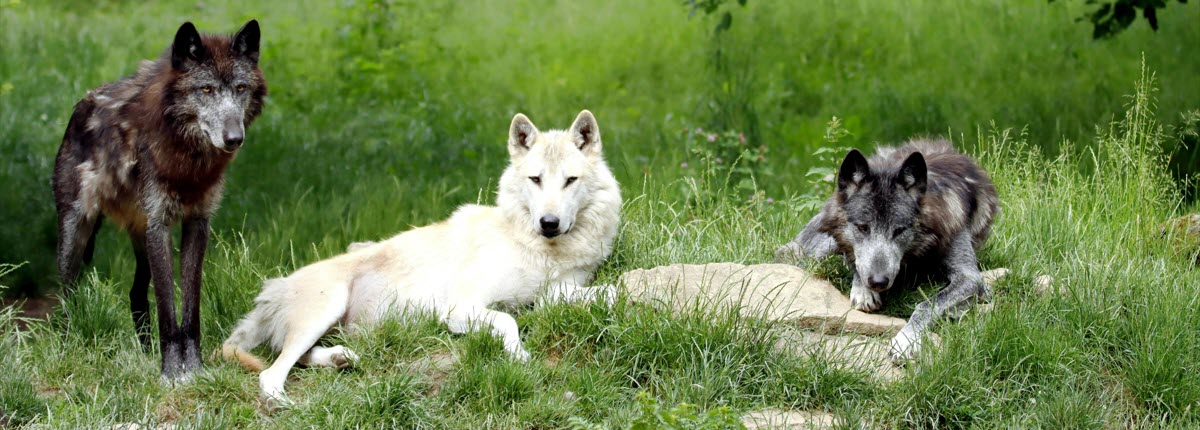Well, hello there! If you’re reading this, then you’ve probably just come from our interview with Ahanaa Rose about her book Scarred Luna (coming soon to Galatea!)
Read below for a list of all the countries (that we could find) with werewolf and werewolf-adjacent myths!
Feel free to let us know if we missed one!
Shifter Mythology
Throughout history, nearly every culture has spun unique legends about shifters and werewolves. These tales often reflect deep fears and fascinations with the unknown, transformation, and the wild nature within us. Shifter legends vary widely, from protective guardians to fearsome predators, shaped by each society’s beliefs, landscapes, and wildlife.
This diversity reveals how humans across the world have been captivated by the idea of crossing boundaries between human and beast.
Werewolves in Balkan Countries
Various countries in the Balkan region have their own werewolf myths. In Serbian and Croatian folklore, for example, there’s the legend of the “Vukodlak,” which is similar to the concept of the werewolf in other cultures.
Bulgarian Werewolves
Bulgarian folklore includes legends of the “Varkolak,” which is similar to the concept of the werewolf. Varkolaks are believed to be humans who can transform into wolves or wolf-like creatures, often through a curse or through contact with other Varkolaks.
Cherokee Nation (Native American) Werewolves
Cherokee folklore includes stories of the “Yee naaldlooshii,” which translates to “Skinwalker.” These beings are believed to have the ability to transform into various animal forms, including wolves.
Werewolf Folklore in China
Chinese folklore contains stories of “Huli Jing,” which are fox spirits capable of shape-shifting into various forms, including that of a wolf. While not traditional werewolves, these shape-shifting creatures share similarities with werewolf myths in their ability to transform between human and animal forms.
Czech Republic Folklore about Shifters
In Czech folklore, there are tales of the “Vlkodlak,” which is the Czech equivalent of the werewolf. Vlkodlaks are believed to be humans who can transform into wolves or wolf-like creatures, often as a result of a curse or dark magic.
Wolfshead from England
English folklore has its own version of the werewolf known as the “Wolfshead.” These creatures are said to be humans who have been cursed or possessed by evil spirits, causing them to transform into wolves or wolf-like beings.
Finnish Noidanloukko
Finnish folklore features stories of the “Noidanloukko,” which are witches who can transform into wolves or wolf-like creatures. These creatures are often associated with dark magic and are believed to be dangerous to encounter.
French Folklore
In French folklore, the werewolf is often associated with the legend of the Loup-Garou. According to the myth, a person can transform into a wolf-like creature, usually during a full moon. It’s believed that being bitten by a werewolf can also cause someone to become one.
German Werewolves
German folklore features the legend of the “Werwolf,” which is similar to the concept of the werewolf in other cultures. The werewolf is said to be a human who can transform into a wolf-like creature, often as a result of a curse or a deal with supernatural forces.
Greek Mythology
In Greek mythology, there’s the tale of Lycaon, a king who was transformed into a wolf as punishment for serving human flesh to the gods. This myth is one of the earliest known werewolf stories in Western literature.
Hungarian FOlklore about Werewolves
Hungarian folklore features stories of the “Farkasember,” which translates to “Wolf-Man.” Like in other cultures, the Farkasember is a human who can transform into a wolf or wolf-like creature, typically during the full moon or as a result of a curse.
Indian Vetalas
In Indian folklore, there are tales of the “Vetalas,” which are spirits or demons capable of possessing corpses and animating them, including into wolf-like creatures. While not traditional werewolves, these stories share similarities with shape-shifting myths.
Irish Folklore about Werewolves
Irish folklore includes tales of creatures known as “Lobaircin,” which are werewolf-like beings. These creatures are said to be humans who can transform into wolves or wolf-like creatures, often through magical means or as a result of a curse.
Mexican Nahual
Mexican folklore includes legends of the “Nahual,” which are shape-shifters capable of transforming into various animals, including wolves. These beings are often associated with shamanic practices and are believed to possess magical powers.
Native American Cultures
Various Native American tribes have their own werewolf-like legends. For example, the Navajo have stories of skinwalkers, which are witches or sorcerers who can transform into animals, including wolves.
Nordic Countries
Various Nordic countries have their own werewolf myths and legends. In Norse mythology, for example, there are stories of shape-shifting creatures known as “berserkers,” who were said to take on the attributes of wolves in battle.
Final Thoughts
Exploring werewolf and shifter legends from different cultures shows just how universal our fascination with transformation is. Whether seen as protectors, cursed souls, or symbols of nature’s power, these stories reveal shared themes of survival, identity, and mystery.
Through these diverse tales, we see how legends of shifters connect us across borders and remind us of humanity’s enduring intrigue with what lies beyond the ordinary.
Having fun learning about werewolves? Check out this article on Galatea Chronicles. It analyzes the differences between Lycans and werewolves and explores how these two creatures, often confused, have distinct origins, characteristics, and roles in modern storytelling.
Click here to return to the article!
Join us on Discord!




